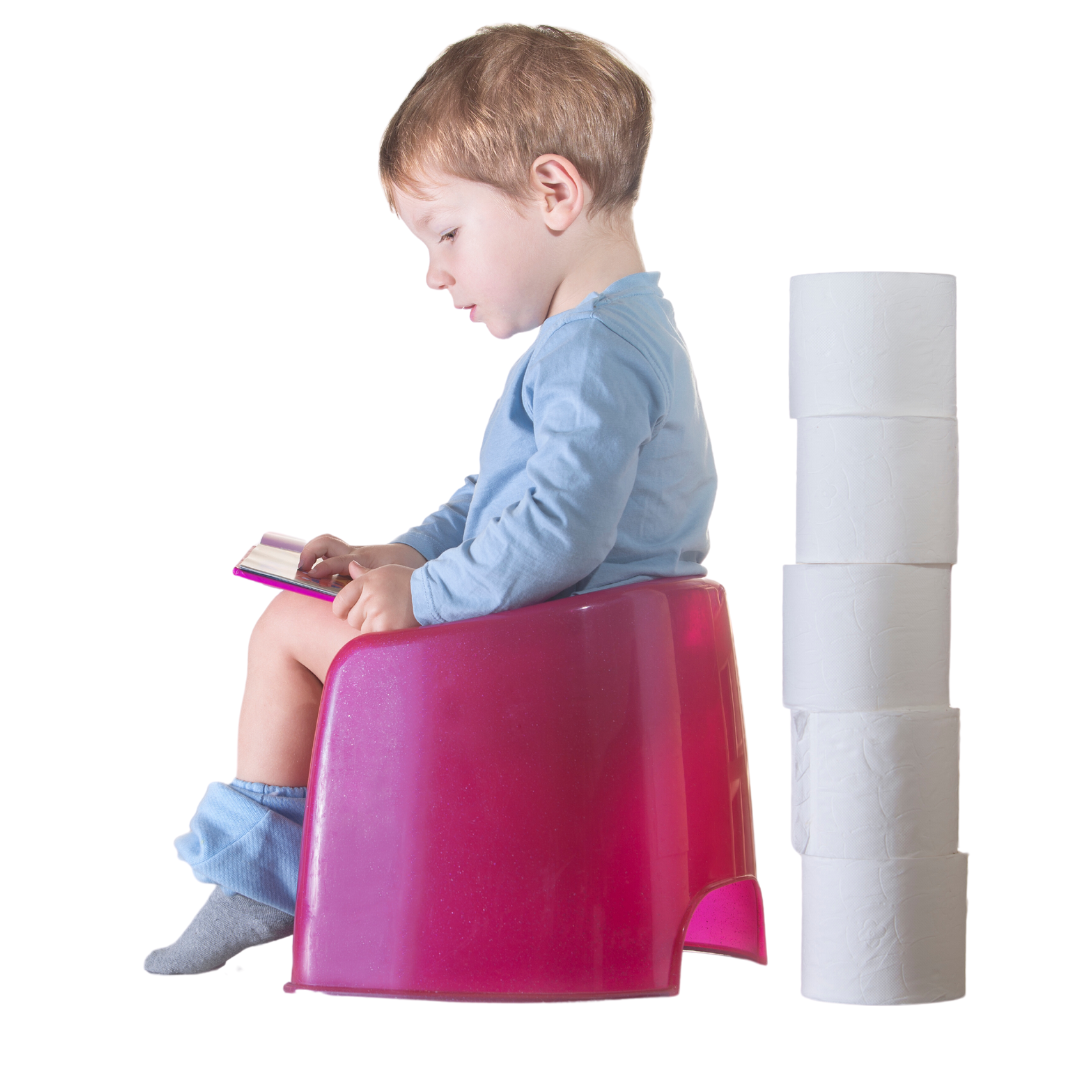Do you stress about how to handle Halloween candy? Or candy and sweets, in general, all year round?
It’s one of the biggest questions I get from parents and something I’ve had to navigate in my own parenting life.
“Should I limit how much they eat?… Hide or get rid of it after Halloween?… Make them donate it?”
I understand if you have fears or worries about sugar since diet culture has deemed it evil (it’s not). And I know you want your child to be healthy. But if your plan is to restrict, restrict, restrict because you’re worried about the amount of sugar you’re child is going to eat, then I would love to explain why this can have unintended consequences and what I recommend to my clients in order to preserve the child’s intuitive eating skills and promote a healthy relationship with food. If these are your goals for your child, then please read on!
In This Post, I Discuss:
* How dietary restriction backfires
* A way to manage candy with more structure and less restriction
* How you can prepare for this all year round, and
* How we talk about candy matters, too
Dietary Restriction Backfires
Restricting children from candy and sweets leads to feelings of deprivation. Deprivation leads to an obsession with that food that has now become “forbidden”. Then, when the child gets the chance to eat the “forbidden” food, they will eat a lot of it because they don’t know when they will get another opportunity to eat it again. You may have experienced this yourself if you’ve ever been on a diet that restricts certain foods and amounts.
Dietary restriction is more powerful than you may realize and can have unintended, yet serious consequences for kids including:
* Disconnection from hunger signals,
* Preoccupation with food, and
* Lowered self-esteem
All in all, it teaches them to mistrust their bodies.
On the other hand, when children aren’t over-controlled and receive proper support in feeding, they eat as much as their body needs and can stop when they are satisfied. This is being in tune with the body’s signals and having a healthy relationship with food (AKA intuitive eating). We’re all born intuitive eaters, and kids are really good at listening to their bodies if we let them and trust them.
A Strategy to Manage Candy With More Structure and Less Restriction
When it comes to managing Halloween candy, I agree with registered dietitian and family therapist Ellyn Satter who explains that Halloween is a learning opportunity. You want to work towards the goal of having your child manage their own candy stash. And to do that, we need to stay out of it for the most part.
Here’s What it Can Look Like:
Day 1 (Halloween night): let them dump, sort, count, and eat as much candy as they want.
Day 2: Let them do the same.
Day 3 and thereafter: Have them put it away (or put it away in a cupboard for them if they are younger) until meal and snack times. Let them pick a couple pieces to eat with meals and let them have as much as they want at snack time. You can offer other nutritious foods alongside it (like those containing protein, fat, and fiber) to provide a variety to choose from and a balance of nutrients to get them to their next meal without them saying, “Mom, I’m starving!”. But after the food is served, it’s up to the child to decide which of those foods to eat (or not eat) and how much (with no influence from the caregiver).
If your child can handle those couple of meal and snack time rules (which are more about structure), then they can manage their own stash. If not, then you manage it, but once they are capable of following the rules, they can keep it. (Satter’s article The Sticky Topic of Halloween Candy)
Preparing for Halloween All Year Round
Handling Halloween candy will be easier if you prepare all year round because it’s definitely not the only time your child will see candy. In using the Satter Division of Responsibility (sDOR) (which is the feeding strategy that I teach my clients), sweets are made a regular part of life by incorporating them into meals and snacks.
You can do this by (1) serving dessert right along with dinner (just one serving per person) and (2) serving sweets like cookies and milk for a snack from time to time and let your child have as many as he or she is hungry for. If you are just starting out with this, your child may eat many cookies at first. But over time, it will lose its “special factor” and they will eat as many as they need to truly satisfy them.
The main goal is not to get your child to eat less, but rather to neutralize food so they can truly listen to their body and respond accordingly. Some kids need more sweets to satisfy themselves than others and there’s nothing wrong with that. When sweets are around regularly, the child learns to be relaxed and matter-of-fact about them, and they will eat them moderately. When the child is restricted, they will eat a lot of them even if they’re not hungry. The child may also beg, whine, and sneak to get these foods that have become “forbidden.”
How We Talk About Candy Matters, Too
Lastly, we all need to be aware of how we speak about candy. When serving candy, use the same neutral voice that you would use when you serve any other food. “Here’s your broccoli” should sound the same as “Here’s your candy” with a neutral, even-toned voice. We want to send the message that all foods are equal.
Also, do you use moralistic words like “good” and “bad” to describe foods? Calling a food “bad” can cause feelings of guilt. Guilt is a feeling that comes from breaking a moral code and we are not morally “good” or “bad” people for eating any food. There should be no guilt associated with eating.
I also don’t like the term “junk” which implies it has no purpose, which is not true.
A very good purpose for food is providing pleasure. In our culture, which is hyper focused on “wellness” and weight, we often forget that we eat for more reasons than just nutrition. And pleasure is a big one! Halloween candy provides pleasure for most kids, so let’s not use words like these to describe it.
I like to call food what it is. Food is food. A KitKat is a KitKat and an apple is an apple.
In Summary:
* Let your child fully enjoy their candy with no restrictions on Halloween night and the day after (and even the day after that if you want)
Then Start With Structure:
* A couple of pieces of candy with meals
* As much candy as they want at snack time (you may serve other foods, too)
* If they can follow those rules, then they can keep their candy (if they’re old enough- I don’t suggest letting little ones keep or eat candy or other food out of their parent’s sight)
* If they can’t follow the rules yet, then you must manage the candy until they can.
* Prepare for this all year round by regularly serving sweets with meals and snacks
* Speak neutrally about all foods – this is really important!
My main goal is to let you know that it’s okay to relax about having candy in the house and let it become a regular part of your child’s life so they don’t feel deprived and end up obsessing over it long term. If you’re relaxed about it, they will be, too.
I know you want your child to be healthy (so do I!), but candy can absolutely be a part of a healthy diet, and having a healthy relationship with food is a huge part of healthy eating. I find it helpful to have the mindset of adding foods into their world instead of taking them away. Kids need to be exposed to a variety of foods- the veggies and the chips, the fruit and the candy, the cupcakes and the kale (or whatever it is your family enjoys).
I know all of this can be tricky, but you got this!
Need More Support?
If you want more support in feeding your child such as…
* How to handle sweets
* How to support your child in learning to like a variety of foods
* How to promote a healthy relationship with food
* How to maintain their intuitive eating skills or return to them
* How to make sure they are getting enough nutrition to grow and thrive
…I offer one-on-one virtual nutrition coaching so we can transform your confusion/stress/worry/doubt into confidence. Go to my “Work with Me” page to learn more. If you think you might be a good fit, fill out an application at the bottom of the page. I look forward to hearing from you!












